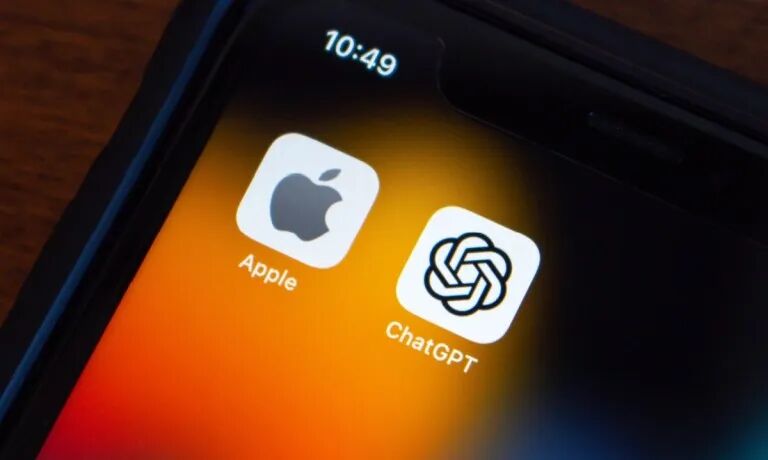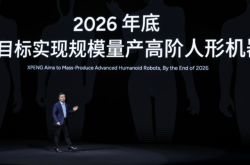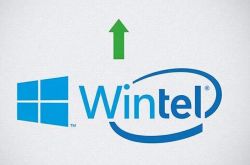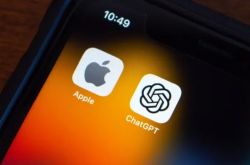OpenAI Takes a Bite of Apple, Starting with the Supply Chain: The War for AI Beyond Smartphones Begins
![]() 11/06 2025
11/06 2025
![]() 357
357

According to The Information, OpenAI has partnered with Luxshare—Apple’s primary assembler—to build its first consumer device, while negotiating with Goertek to supply speaker modules.
This move marks OpenAI’s shift from a pure software company to hardware, leveraging the supply chain that helped Apple dominate the market. It sends a blunt message to incumbents: manufacturing expertise can be rented.
01 OpenAI Takes a Bite of Apple
OpenAI is also accelerating talent poaching from Apple’s hardware teams. By 2025, over 24 Apple employees had joined, up from roughly 10 in 2024, spanning user interfaces, wearables, camera systems, and audio technology.
This outlines a clear AI hardware roadmap: AI-native products launching by late 2026 to early 2027, including smart speakers, glasses, recording devices, and wearable pins.
Amid tight timelines, a critical shift occurred this week—commitments from top-tier hardware suppliers: Luxshare assembles iPhones and AirPods, while Goertek produces AirPods, HomePod, and Apple Watch.
By securing these two suppliers, OpenAI can rapidly prototype, iterate, and scale production without building factories, significantly reducing risk.
This product vision aligns with earlier hints from OpenAI CEO Sam Altman: a compact, screenless, environment-aware device developed with Jony Ive’s team.
Smart glasses may follow, with wearable pins and recording devices also planned. Each product bets on ambient AI surpassing app-based AI.
02 Manufacturing Expertise Can Be Rented
OpenAI is turning Apple’s suppliers into partners. In consumer electronics, contract manufacturers serving multiple brands is common, but a software company entering hardware as an equal is unprecedented.
This sends a blunt message to incumbents: manufacturing expertise can be rented.
For suppliers, the calculus is simple: diversify revenue streams and position early for next-gen categories. While potential tensions exist, capacity favors certainty—and so do margins. This is business, not betrayal.
Talent recruitment is not random but targeted. OpenAI has hired Apple Watch hardware veterans and Siri interface designers—key for merging industrial design, sensors, acoustics, and low-latency, hands-free AI UIs.
Employee motives matter. Compared to Apple, OpenAI offers fewer bureaucratic hurdles, faster decision cycles, and more attractive equity incentives. Apple’s product cadence is incremental, and its stock lags AI-linked peers—money and speed talk.
03 Apple’s Risks Are Real
Apple has struggled to popularize augmented reality (AR) glasses, and its headset performance has been mixed. Now, a team of ex-Apple designers and engineers is building competitor devices centered on conversational AI, not apps. This is a direct blow.
Apple’s risks are real. While it can limit third-party AI apps on iPhones, OpenAI’s response is to bypass phones entirely with dedicated hardware and compute-aware accessories. Controlling the interface means controlling the user experience—a strategic core.
Current AI relies on phones and built-in voice assistants, granting Apple and Google control over distribution, data access, and payments. Dedicated devices upend this by making the AI model the product, not the app.
Success would redefine the “default device.” Real-time translation whispers in your ear, summaries appear on glasses, and speakers identify speakers and rooms. The winning interface will be “invisible” most of the time—that’s the point.
Everything remains pre-launch. Timelines may slip, bills of materials could balloon, and certification delays loom. Privacy, child safety laws, and model “hallucination” risks complicate “always-listening” form factors. Platform friction may persist, with Apple potentially restricting iOS integration.
Apple reportedly canceled a China offline event over fears of OpenAI poaching staff, underscoring tensions. Plans will shift, and so will supply chains.
Meta is pushing smart glasses aggressively, Amazon is brewing efforts, and startups are iterating pins and wearables. But OpenAI holds advantages rivals envy: cultural clout and a model with web-scale daily active users. This lowers customer acquisition costs while raising market expectations.
Apple won’t stand still. Expect tighter on-device model integration, accessories making iPhones more environment-aware, and continued R&D in lightweight displays and input methods. The battle hinges on interfaces, not hardware specs.
04 Conclusion: The Shift in Platform Power
Supply chains become neutral rails: Factories that built smartphones will accelerate AI-first devices, shortening time-to-market for software-driven challengers. AI detaches from phones, shifting platform power: Who controls daily AI interfaces will dominate privacy, payment, and distribution rules.








